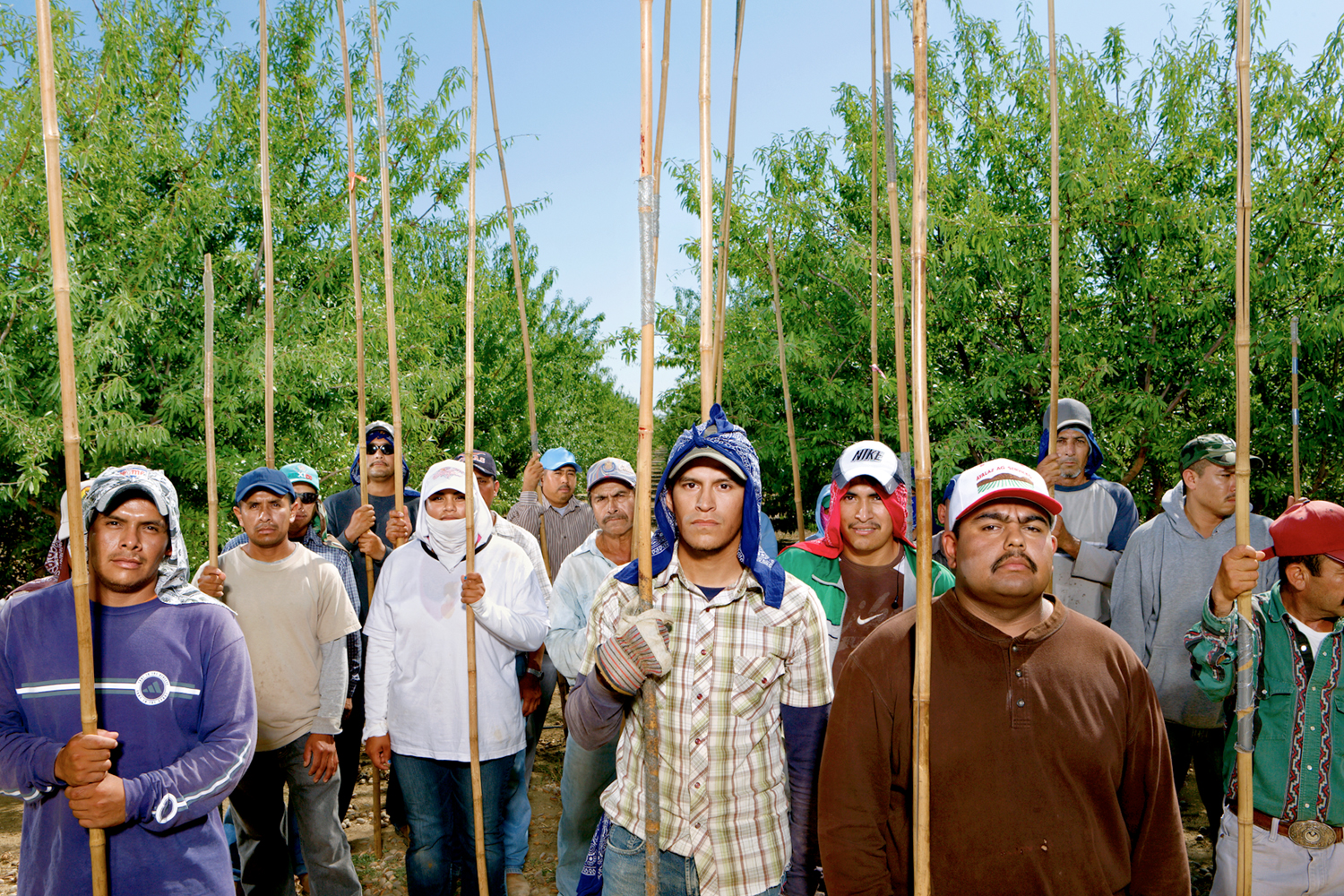
In the 1930s, in the depths of the Great Depression, Franklin Delano Roosevelt’s Farm Security Administration commissioned photographers like Dorothea Lange, Walker Evans and Arthur Rothstein to document the struggles of countless rural families as they pursued “the American way of life.” Some photographers, Lange in particular, were drawn to the world of migrant laborers in America’s west.
“Those photographers were able to capture a sense of being,” Los Angeles-born photographer Sam Comen told TIME, describing the greatest FSA photographers’ images and their impact on the great American narrative. “Those were the photographs that fed me as a photographer, and I wanted to find a new way to explore a similar American historical narrative.”
This search took him to Lost Hills, a town of fewer than 3,500 people in Southern California located in the same dusty (although transformed) landscape that the field worker communities documented by Lange and company once called home.
“Lost Hills was too much to ignore,” Comen said, describing his reaction to his first visit to the town. “In the same locale where migrant workers had demonstrated that classic frontier spirit and pursued the infamous American dream, the same story was being replayed today.”
That American story is one of struggle and success, of stasis and metamorphosis, of the American immigrant experience and what might well be called the New American Dream. For Comen, Lost Hills is notable because it is typical: a dusty town in the American west, home to ordinary men and women: from immigrants and long-time residents to farm laborers and oil workers.
The project was conceived in the year’s following Comen’s graduation from Northwestern University. Having spent his academic years working at the Daily Northwestern, the Communications and English dual major was moved to document contemporary America’s trials after hearing President Obama employ recession-era rhetoric while discussing the strained American economy in 2009.
Comen wondered if scenes similar to those that played out during the Great Depression were being repeated in today’s strained economy.
But Lost Hills also had something of a mythic character, Comen acknowledged. For example, the celebrated (and, by some, reviled) Mexican-American civil and labor rights activist, Cesar Chavez, organized protests within an hour’s drive of Lost Hills, while the characters in John Steinbeck’s classic novel, The Grapes of Wrath, struggled for jobs, land and dignity in the same hardscrabble landscape captured on film by FSA photographers.
Visually, Comen decided to eschew the traditional approach to documentary photography in his Lost Hills work, choosing instead to artificially light the environment, capturing a documentary topic with the bright color palette and pop-lighting often seen in commercial photography.
Hoping to catch his viewers off-guard, Comen said that his his stylistic choice served as much to break down assumptions — about photography, history and the new American narrative — as to illustrate the duality of the immigrant-American experience.
Similar to American pioneers who chose to migrate west in the 20th century, today’s residents of Lost Hills arrived from far-flung territories eager to construct a life of their own. Unlike the classic American tale, however, these characters are painted as outsiders living within: immigrants —often reduced to “undocumented” or “illegals” by suggestion alone— who have decided to live in American while preserving the cultures they carried with them.
This struggle to find a balance between competing modes of life can be seen most clearly in the photo of 23-year-old Jose, a successful, hard-working young Mexican immigrant employed by a local oil field. Like countless immigrants to the U.S., Jose works to support his extended family. In many ways, Comen said, he embodies the traditional American frontier, or pioneering, spirit. But Jose spends his days off training for equestrian and lariat events — activities deeply associated with his native country. Within the new life he hopes to build, there is an abiding respect for — and a yearning to preserve — his Mexican heritage.
“This image is emblematic about what’s going on in Lost Hills,” Comen told TIME, noting the competing identities of Lost Hills residents make them vulnerable —that they might be, in his words, “denied their place in the American historical record.”
In light of these challenges, Comen hopes that Lost Hills, as a document, can incorporate Mexican and Chicano workers’ voices into the national debate over America —its economy, its mythology, and its history.
“Lost Hills is about more than illuminating life in the town itself,” Comen said. “It’s a metaphor for today’s American experience.”
Sam Comen is a photographer based in Los Angeles.
Adam McCauley is a writer and photographer based in New York.
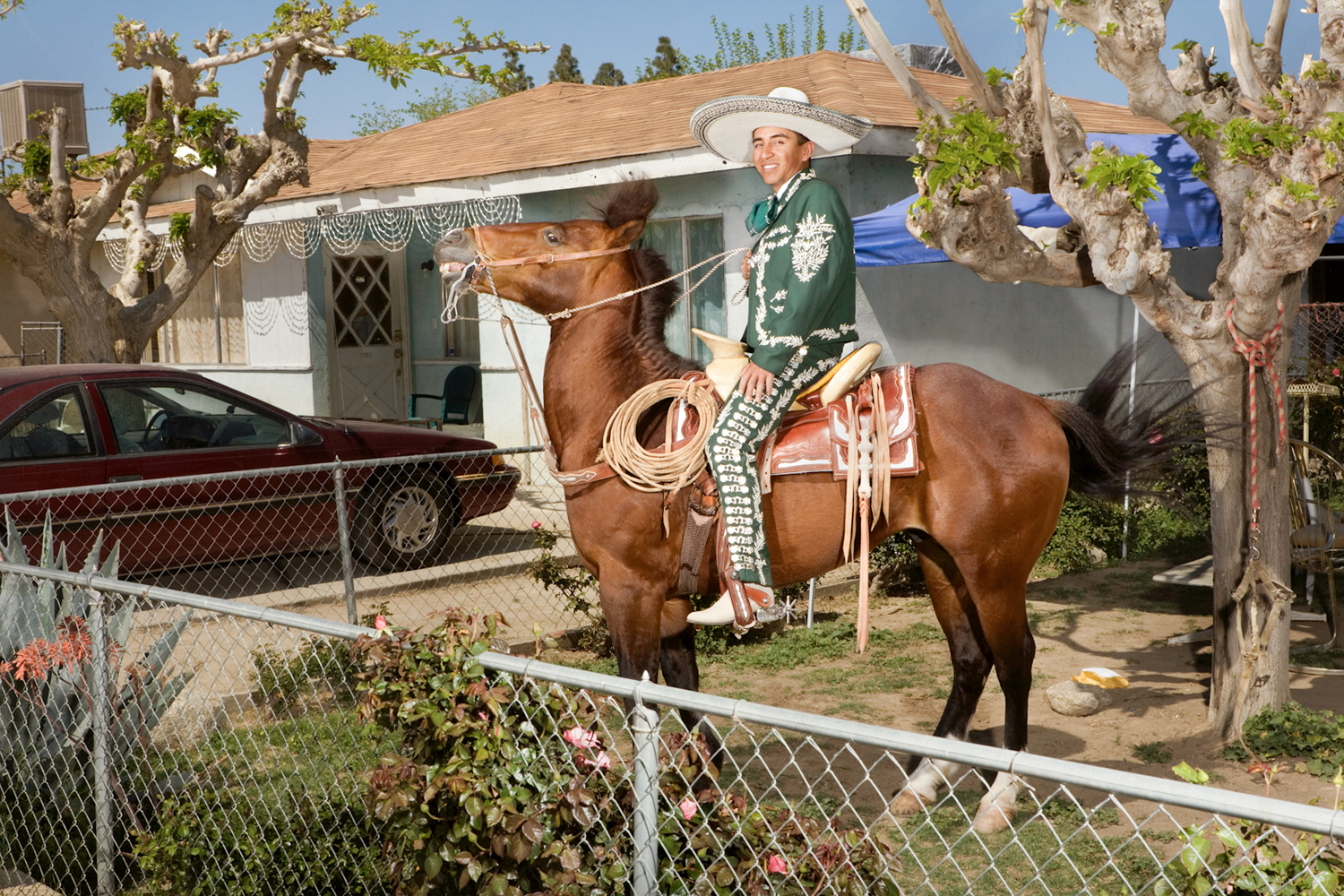
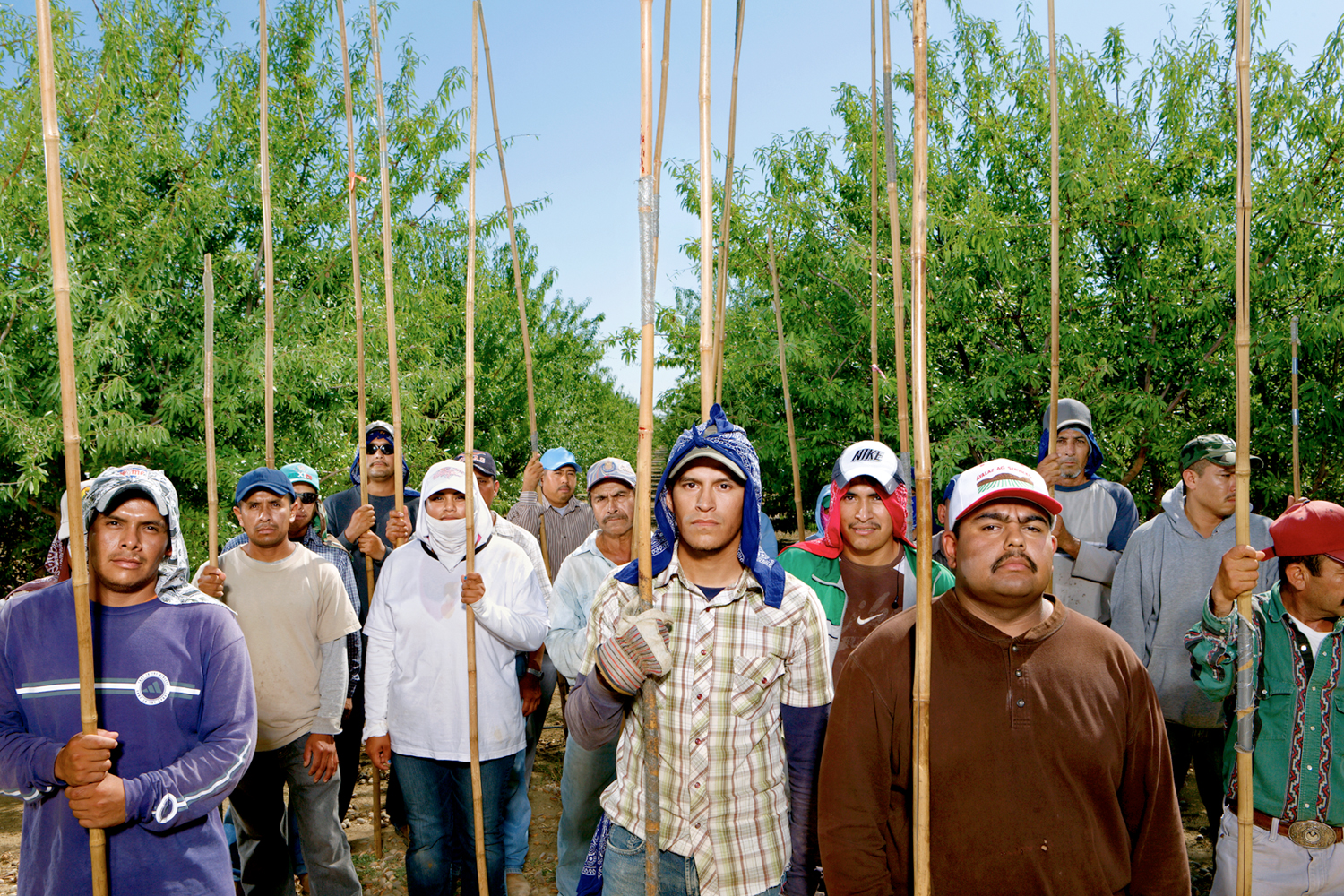
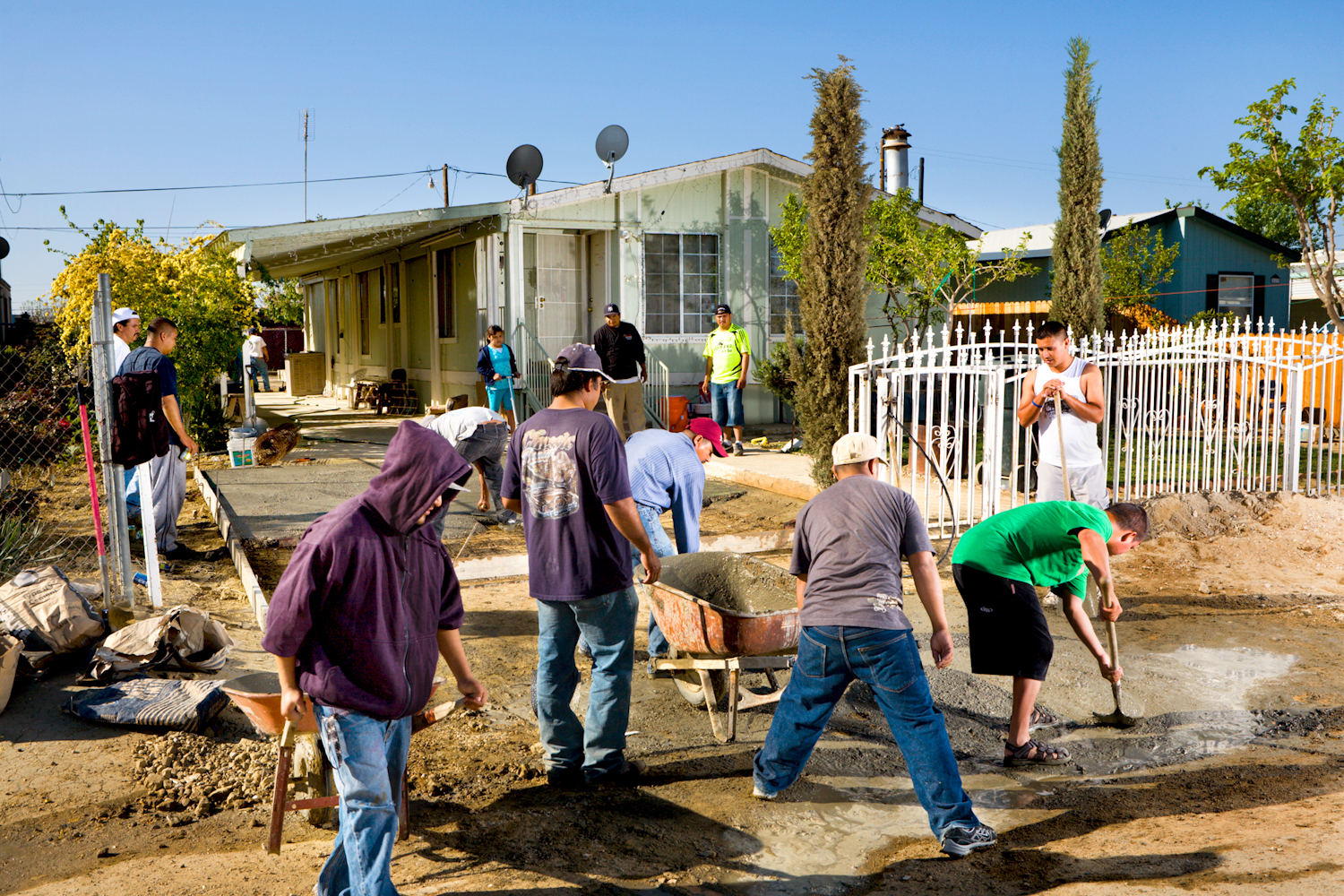
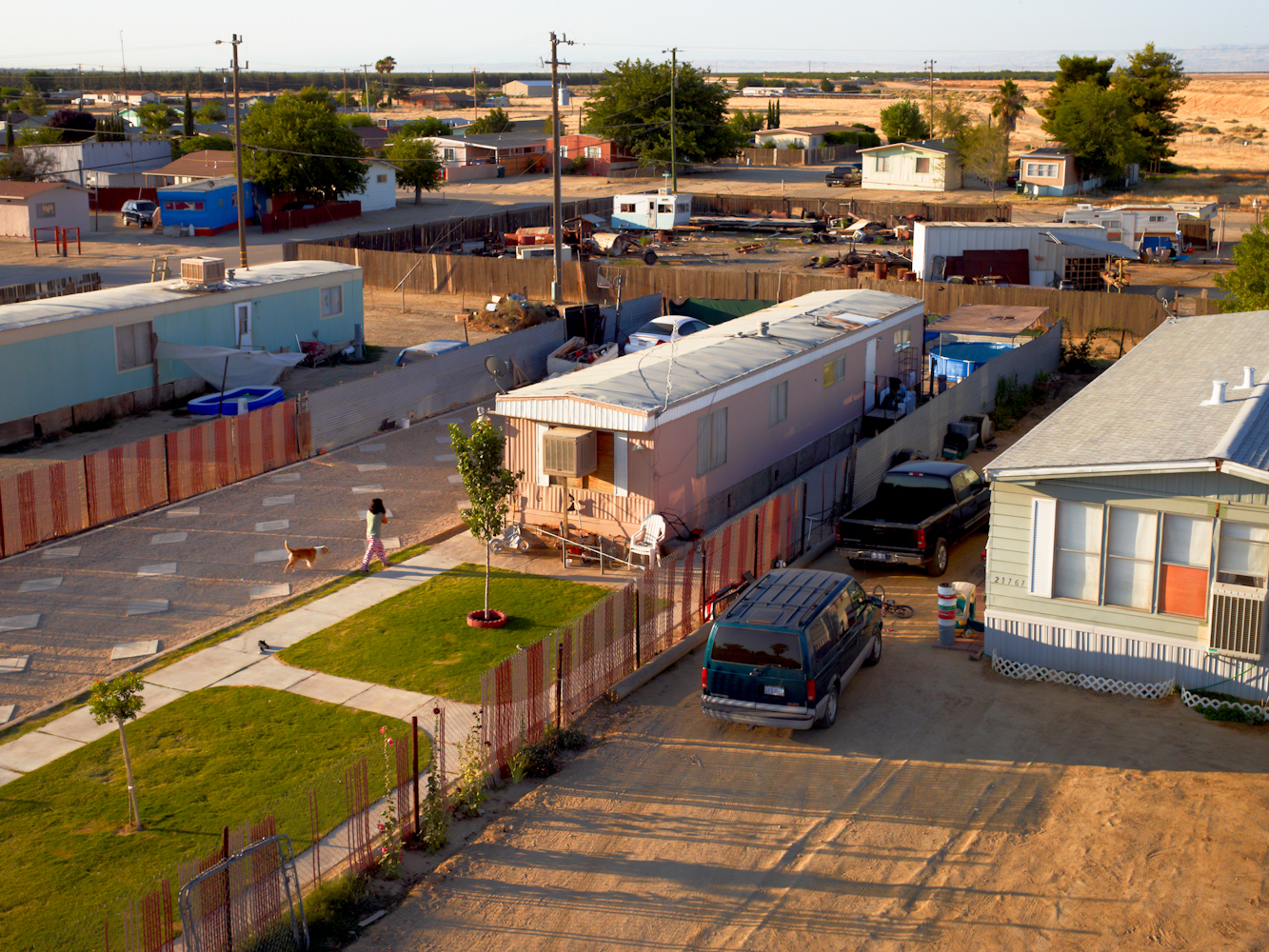


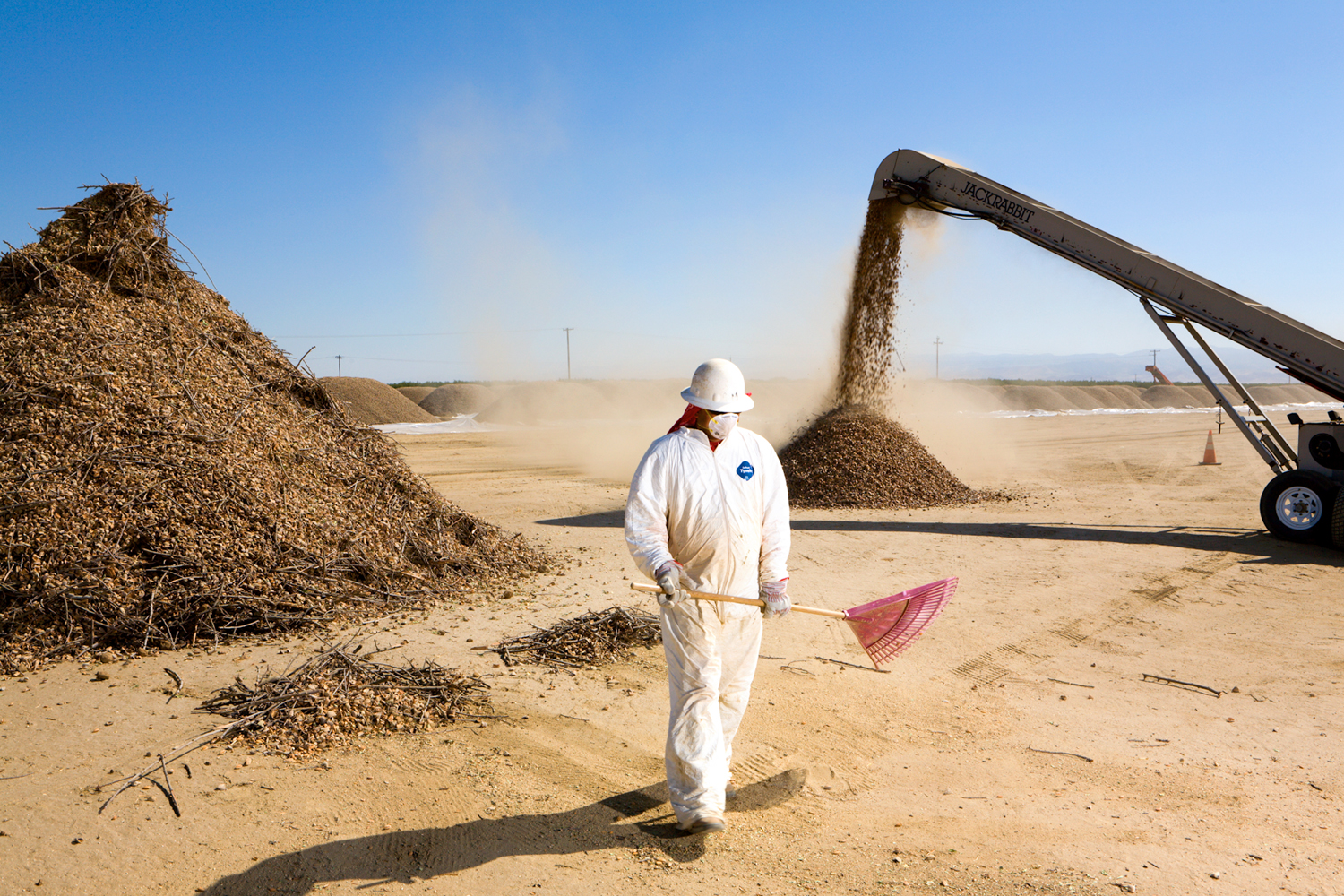
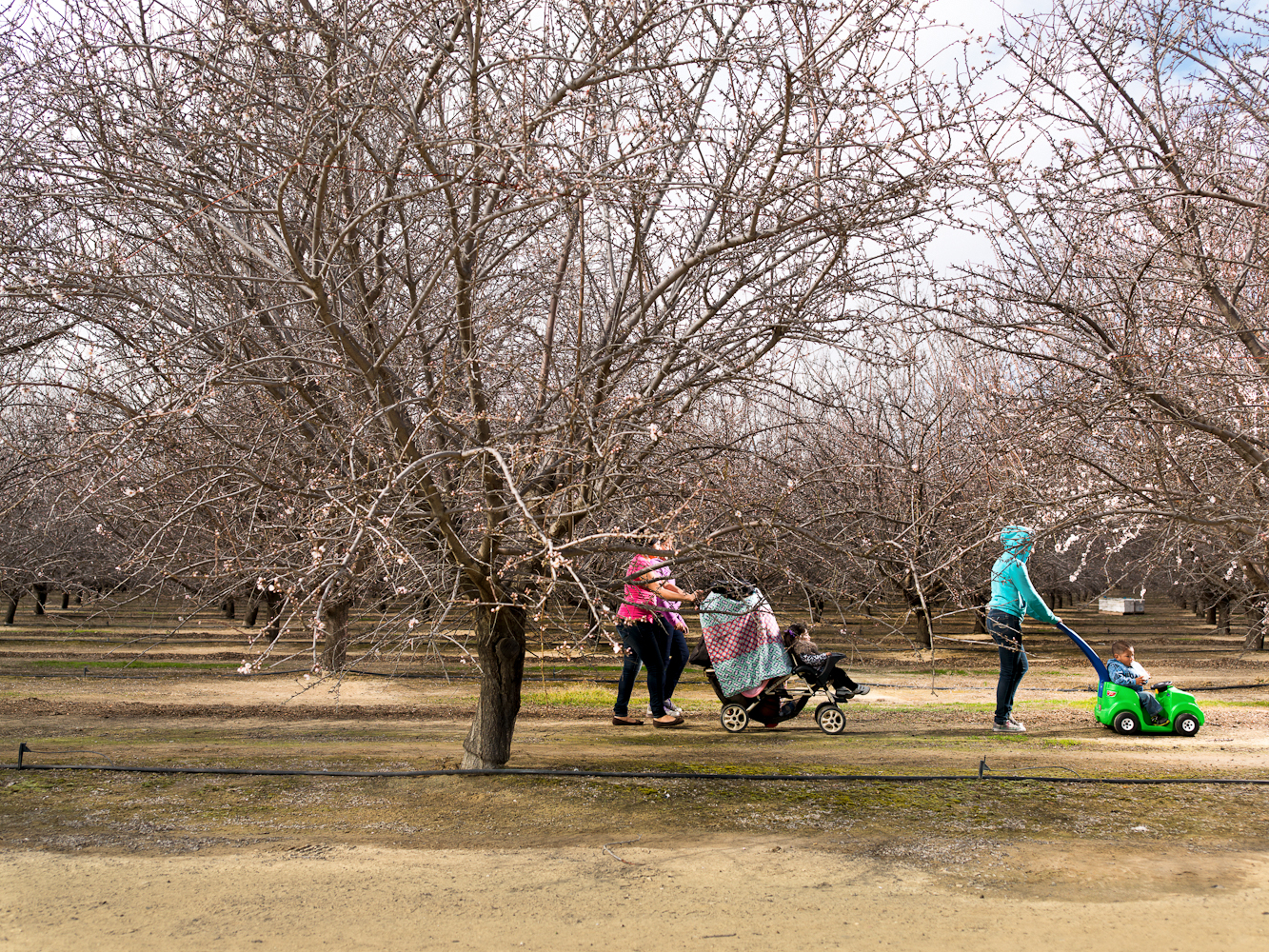
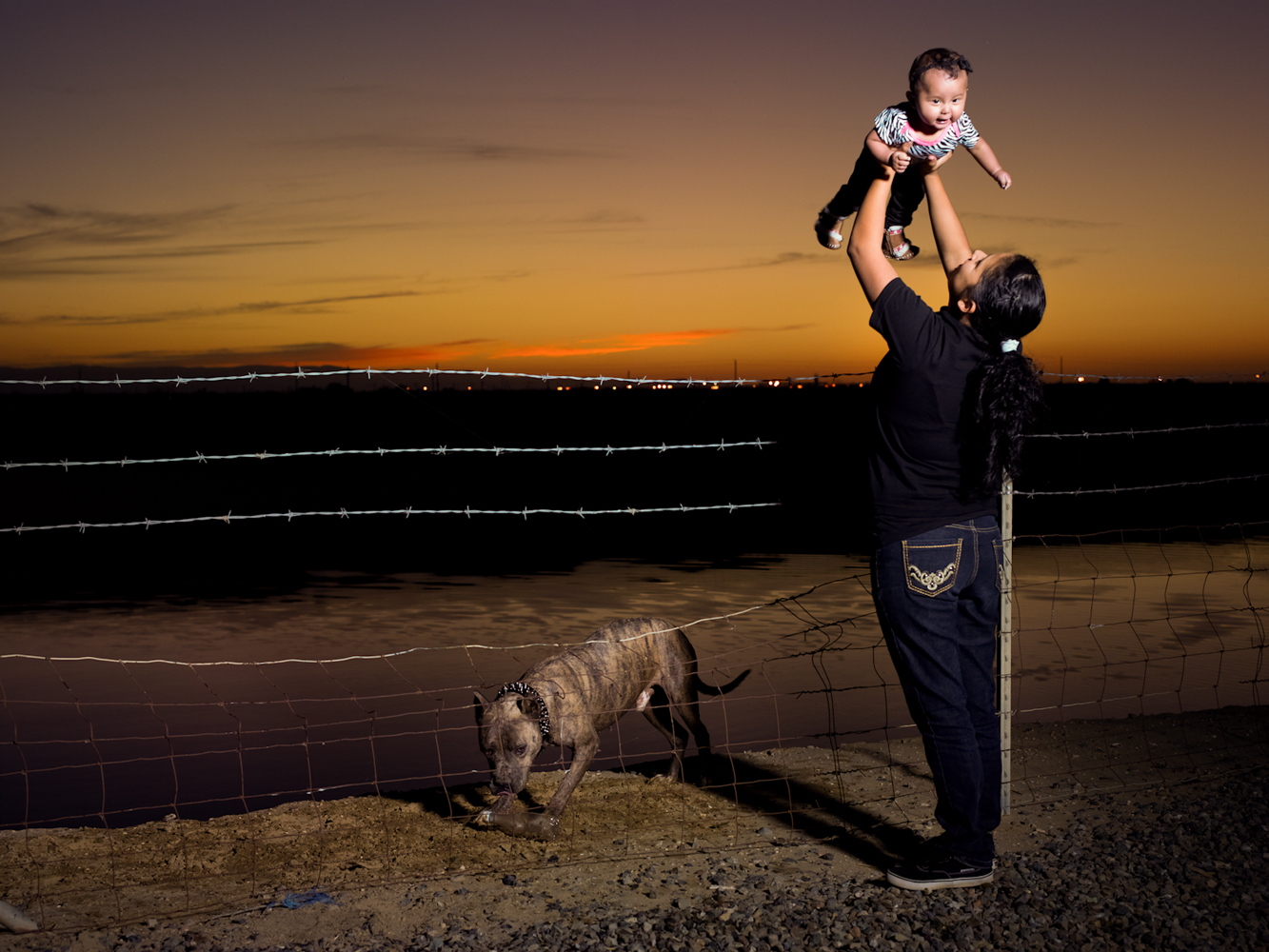
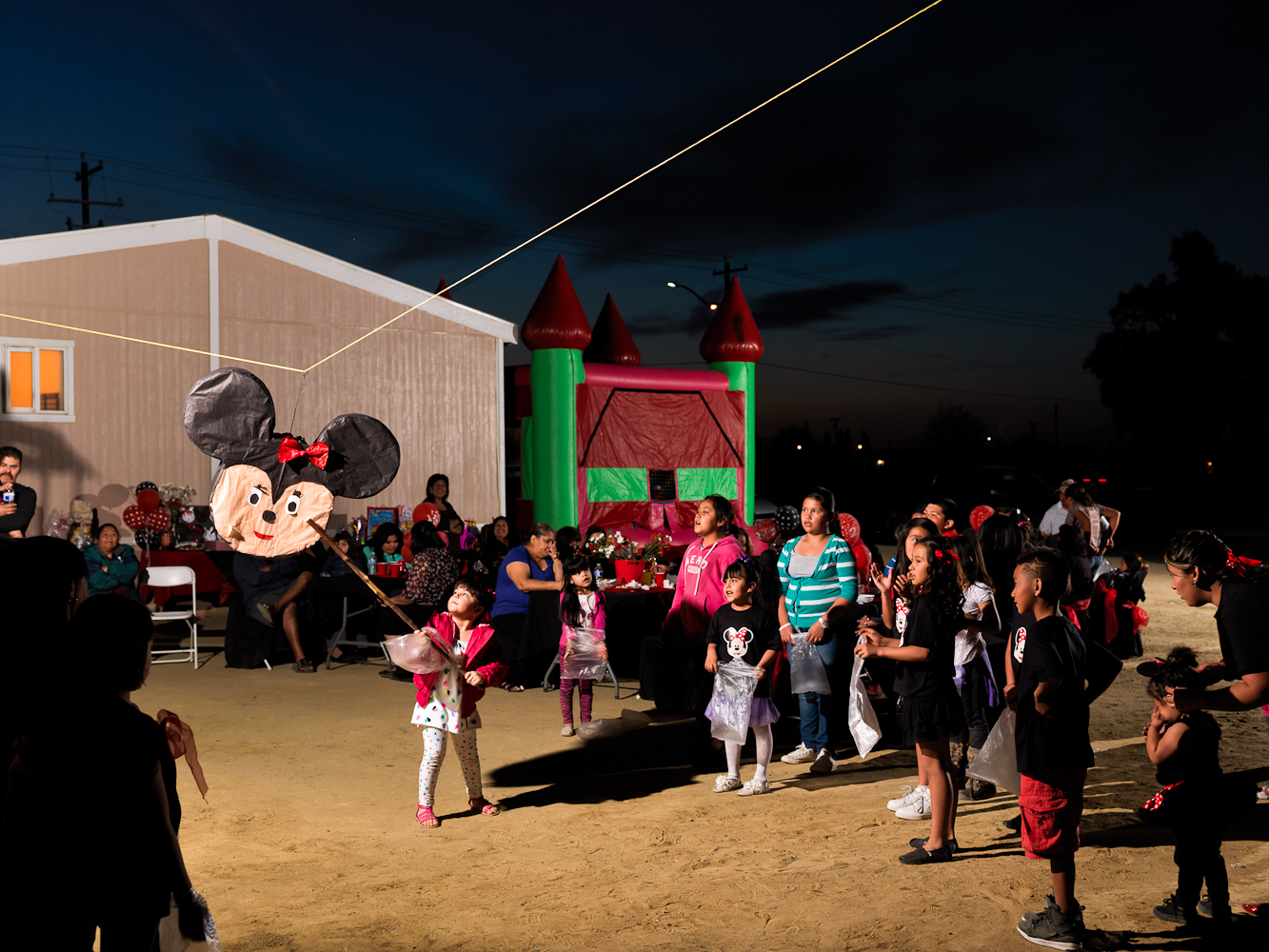
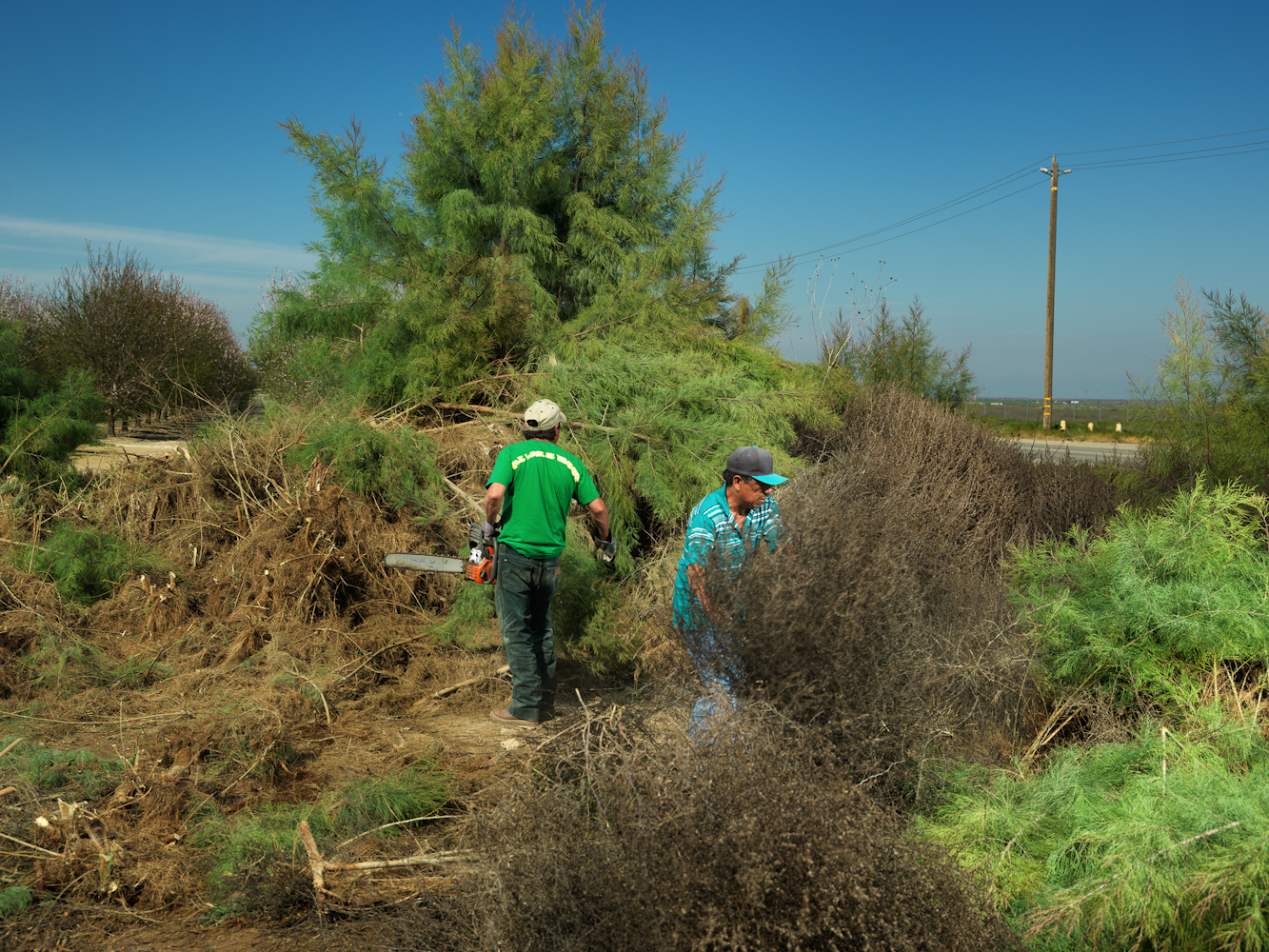



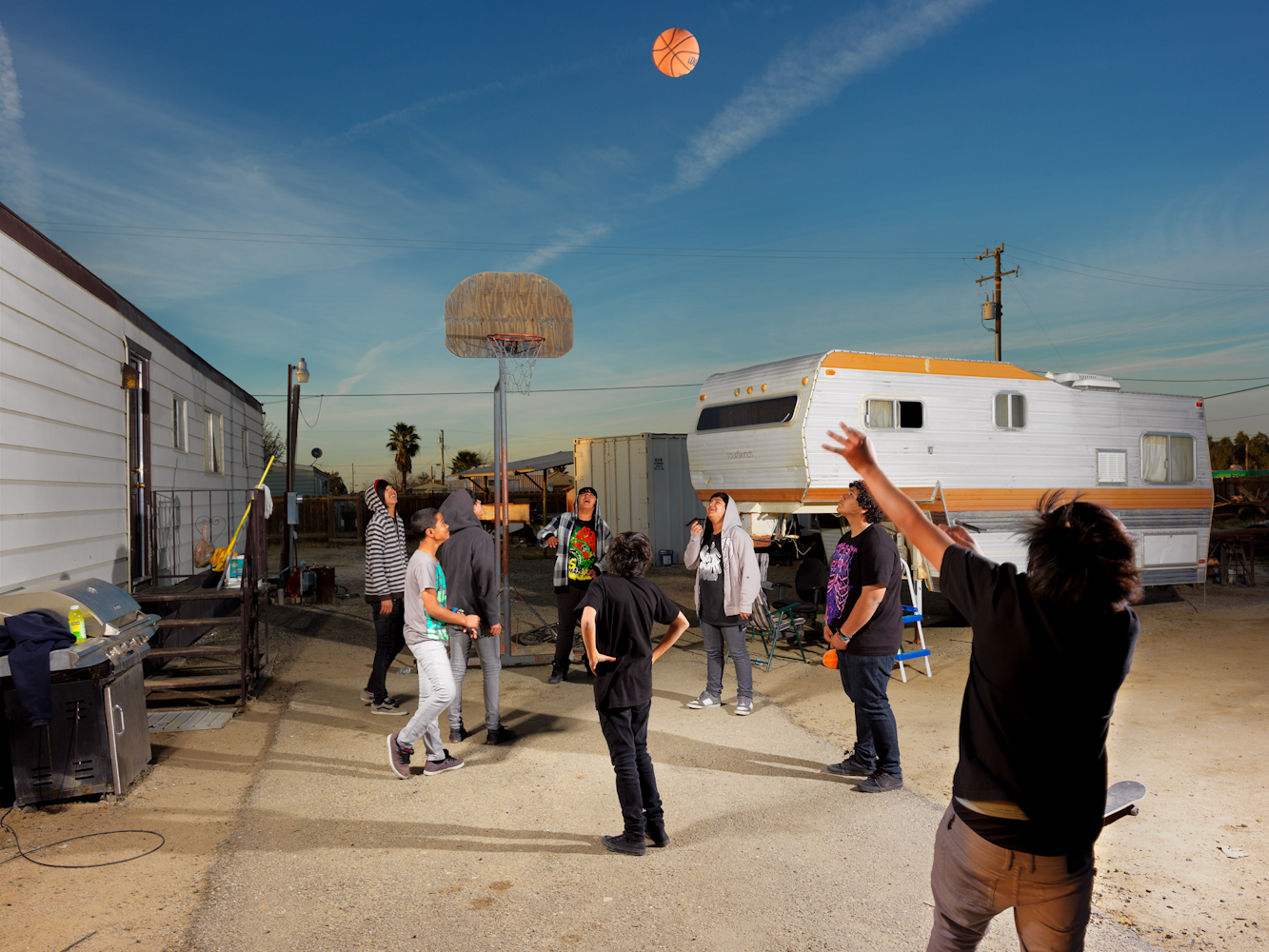

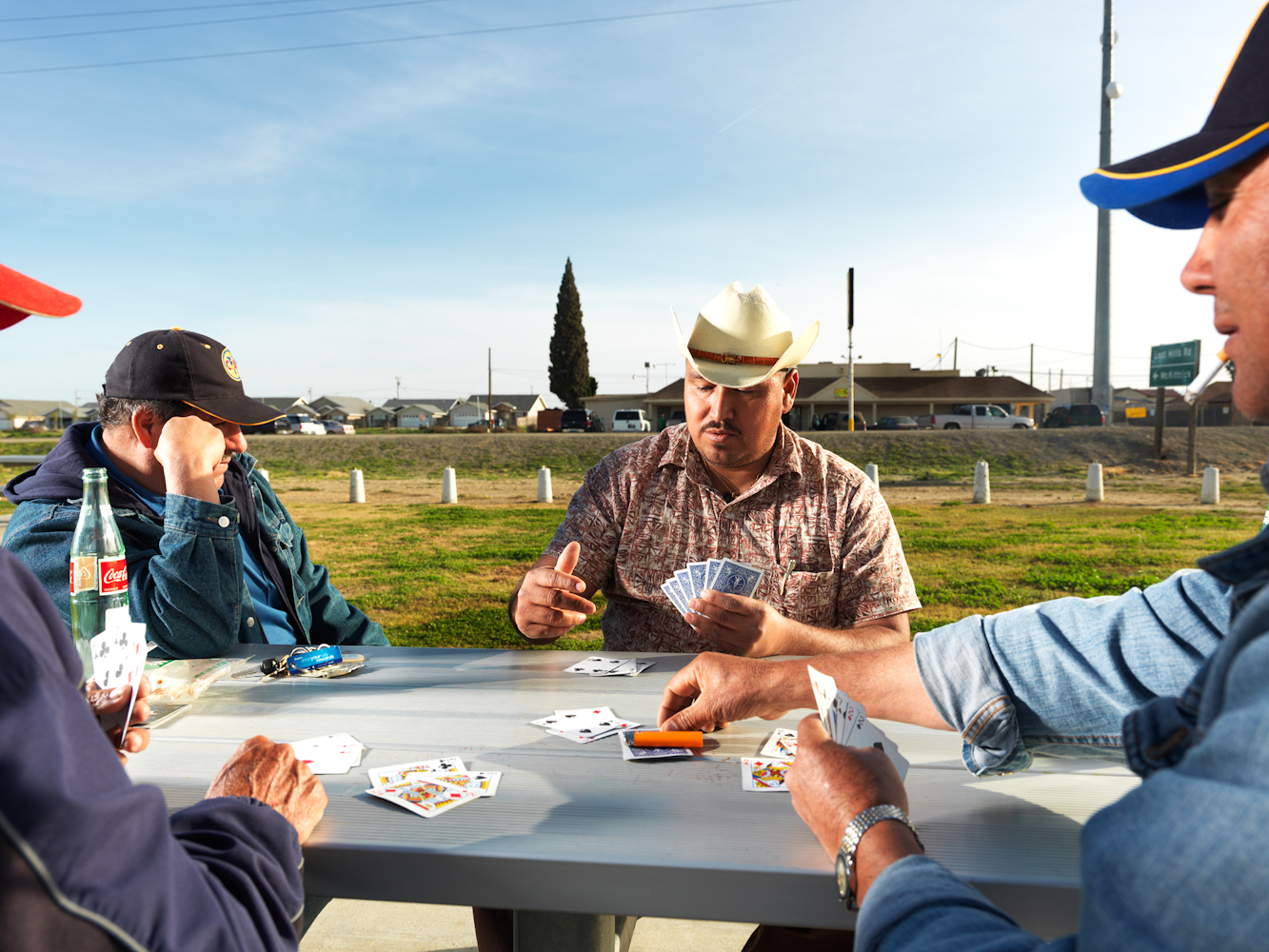
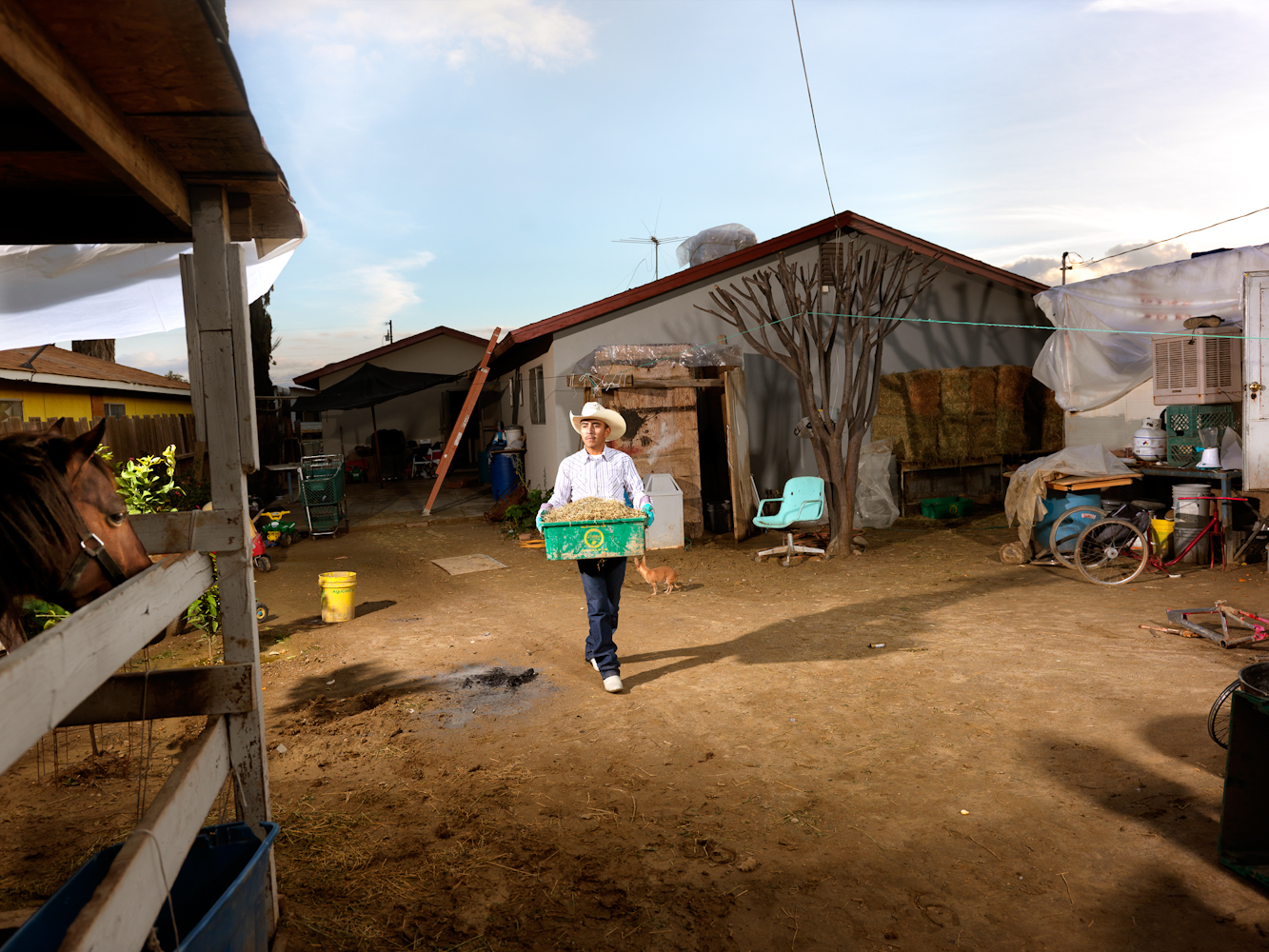
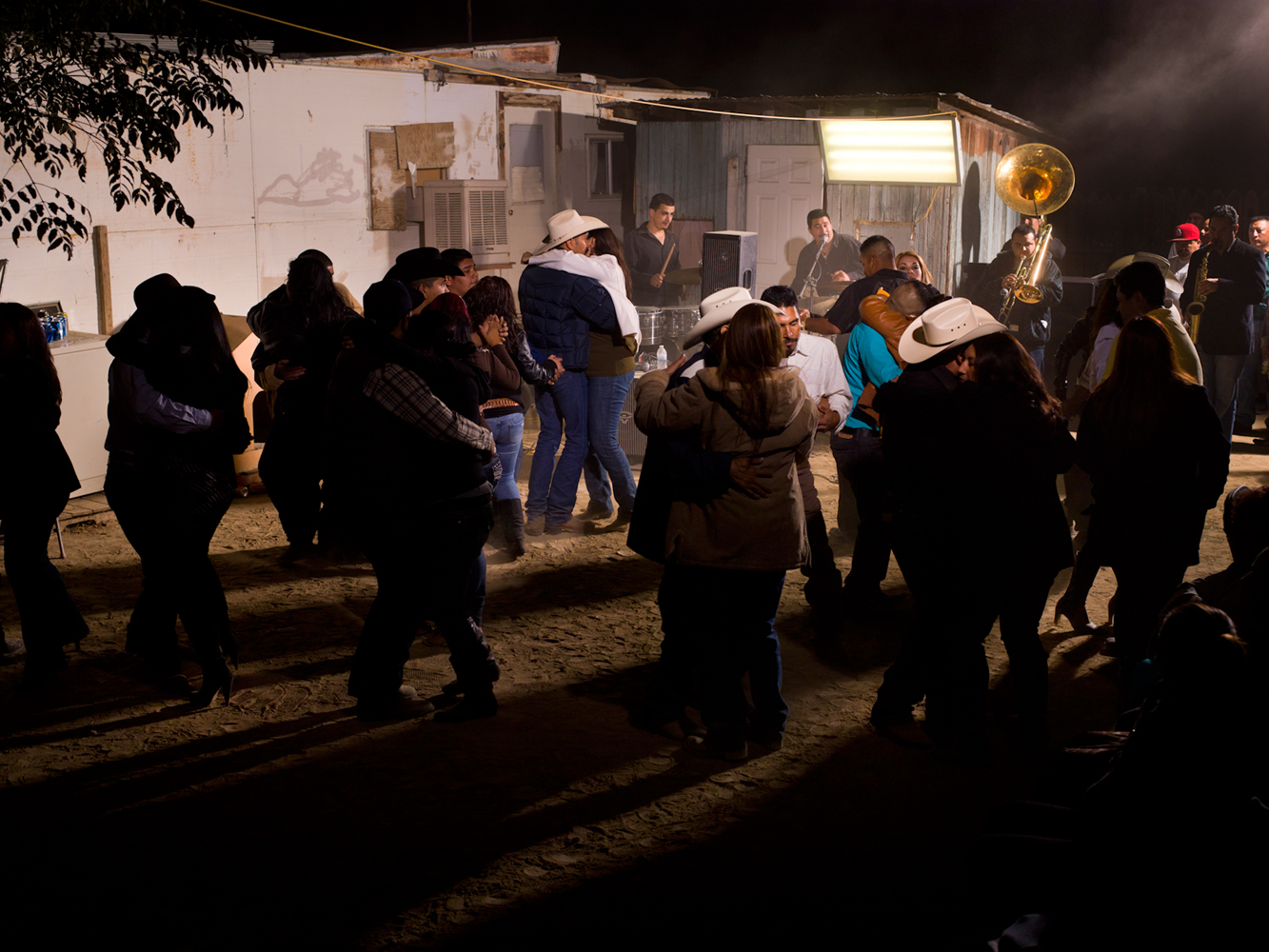
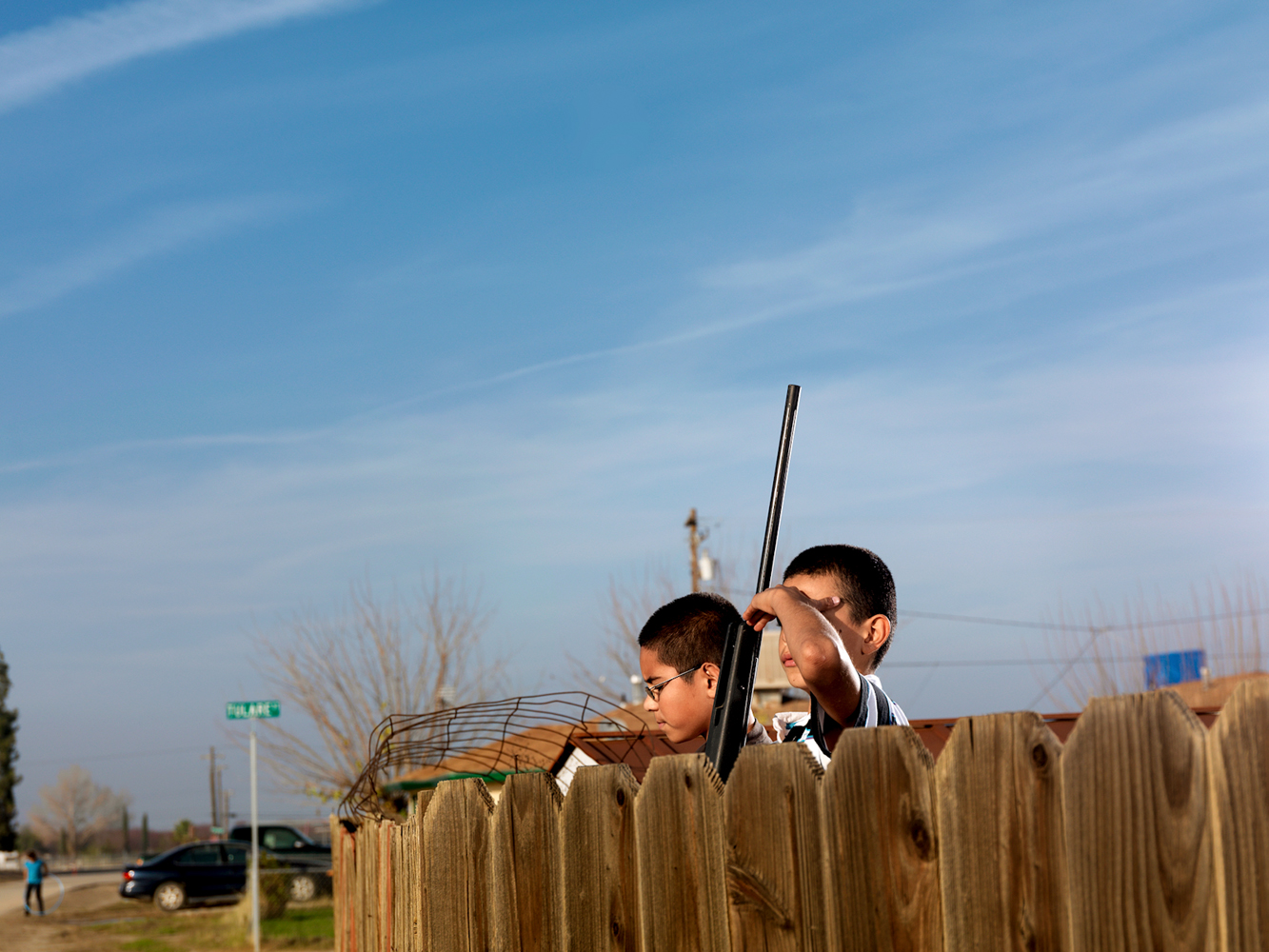
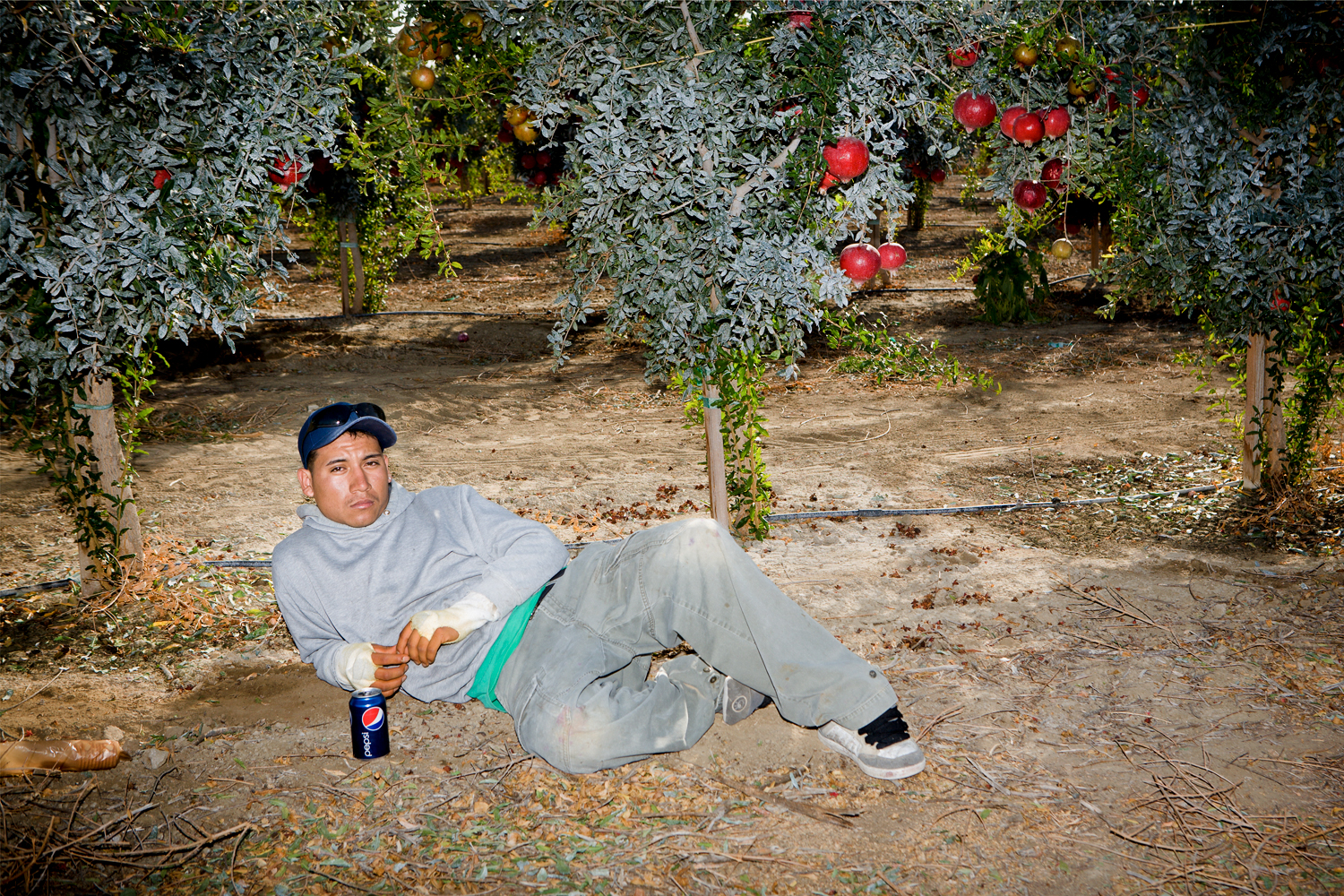

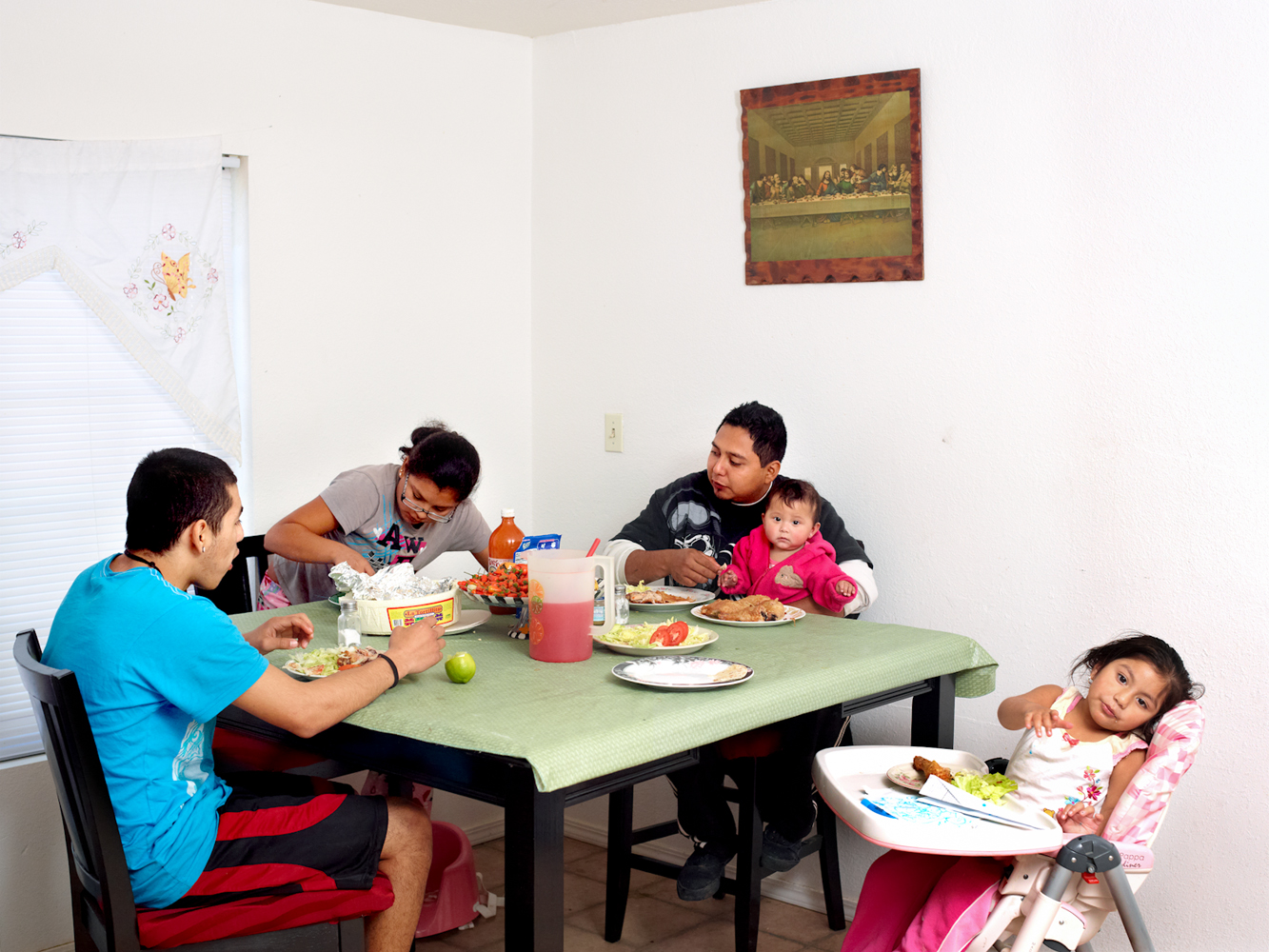
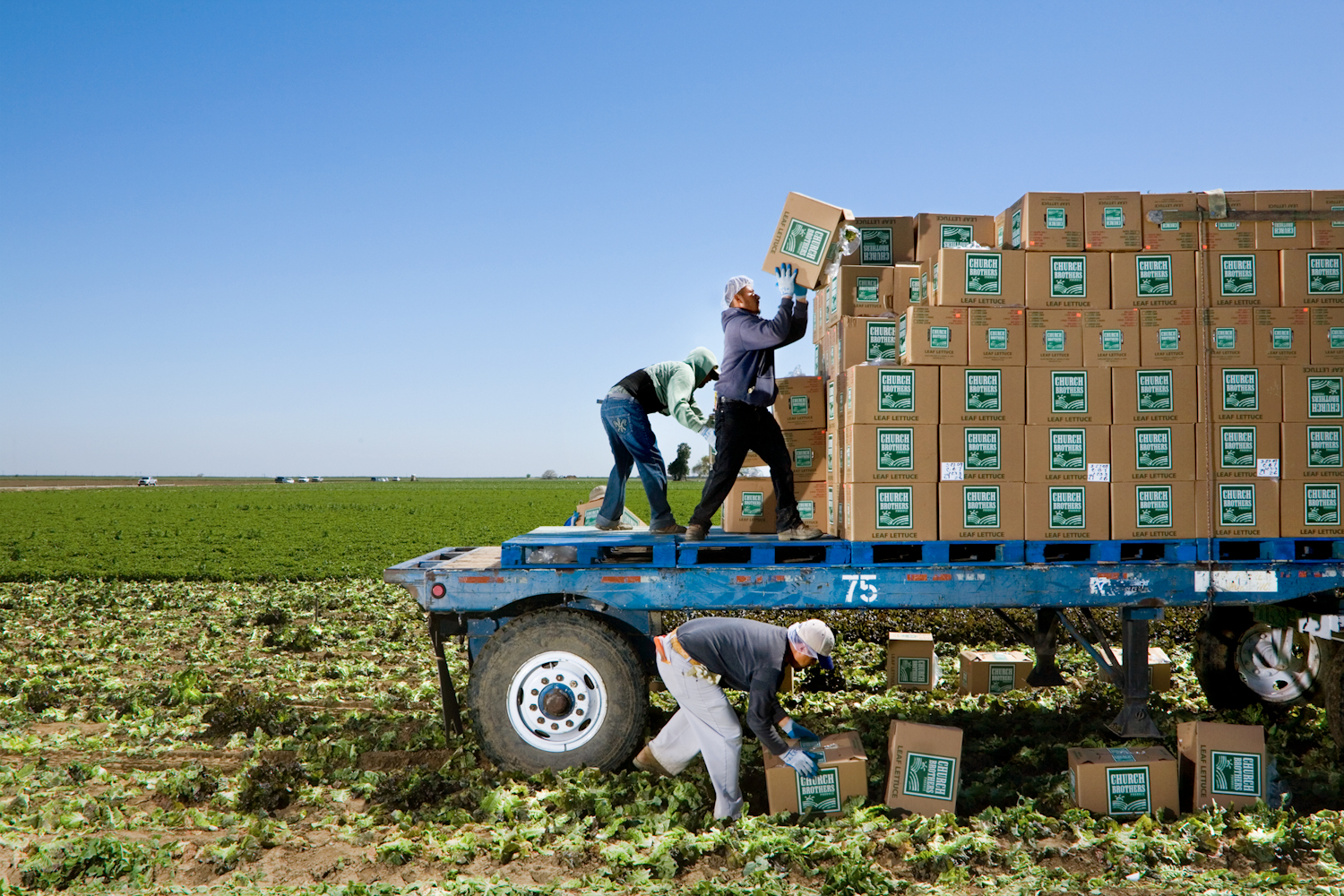
More Must-Reads from TIME
- Donald Trump Is TIME's 2024 Person of the Year
- Why We Chose Trump as Person of the Year
- Is Intermittent Fasting Good or Bad for You?
- The 100 Must-Read Books of 2024
- The 20 Best Christmas TV Episodes
- Column: If Optimism Feels Ridiculous Now, Try Hope
- The Future of Climate Action Is Trade Policy
- Merle Bombardieri Is Helping People Make the Baby Decision
Contact us at letters@time.com